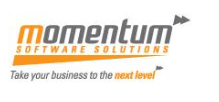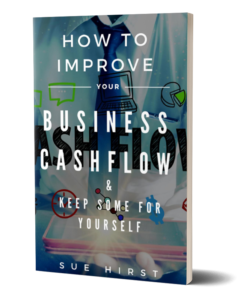Believe it or not, you could inject nearly $38,000* into your bank account without borrowing money from the bank. With just a 1% change in four of your business numbers and a 1 day change in three others, it is possible. Read on to find out how you can do it on your business and improve your profit.
For illustration purposes, we’ve used the example of a business with:
| Sales | $1,000,000 |
| Cost of sales | $600,000 |
| Overheads | $400,000 |
| Average outstanding customer payment days | 55 |
| Average outstanding supplier payment days | 37 |
| Average ‘Work in Progress’ days | 43 |
The number of outstanding customer and supplier payment days is the number of days on average that all customers are taking to pay, despite the agreed terms. This is not unusual when customer payment management is disorganised. The average ‘Work in Progress’ days is the number of days on average that all jobs are in progress prior to being invoiced. As you can see this business is just breaking even (a typical scenario for many small businesses).
In this example, if we can change each of the above numbers by just 1% or 1 day, we can create the following improvements to both cash flow and profit. Plus, we’re going to add a modest 1% price increase.
| Cash flow | Profit | |
| Sales improvement = 1% | $10,524 | $10,524 |
| Cost of sales reduction = 1% | $6,000 | $6,000 |
| Overheads reduction = 1% | $4,210 | $4,210 |
| Price increase = 1% | $10,524 | $10,524 |
| Customer payment days reduction = 1 day | $2,883 | $144 |
| Supplier payment days increase = 1 day | $1,730 | $86 |
| Work in Progress improvement = 1 day | $1,730 | $86 |
| Total | $37,601 | $31,573 |
The figures above don’t work out exactly to 1% because there is interest being paid on a business loan. However, you can see how a very small change in each of these numbers can collectively have an extremely positive impact on the business bank account, as well as profit.
Imagine if the sales were multiplied by 10!
As a business owner with a loan under stress or having difficulty getting a loan, this is a great solution. You could be debt free!
The question then is, how do you achieve these changes? They may not all be achievable in every business, however some may be able to be tweaked more than others. For example, you may not be able to achieve the 1% price increase, but you can do more than 1% in costs and/or overheads. A 1-day reduction in customer/supplier payment and ‘Work in Progress’ days is very modest and in many cases easy to fix.
If you’d like us to calculate the impact that could be achieved in your business, give us a call on 1300 362 436 and find a CFO to work it out for you.
*Based on example of $1 million turnover business with typical business numbers





